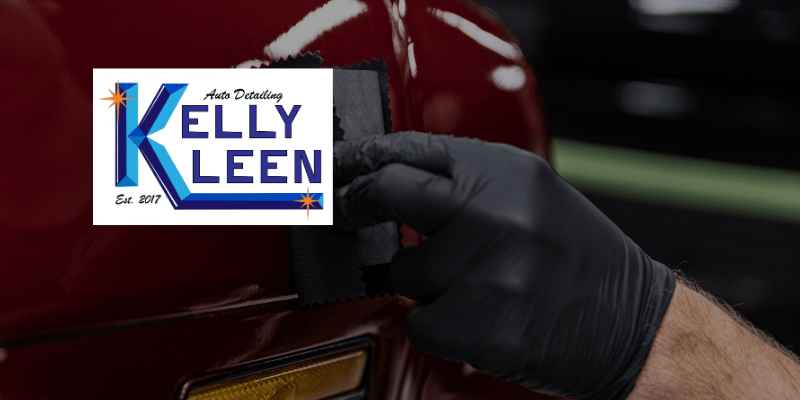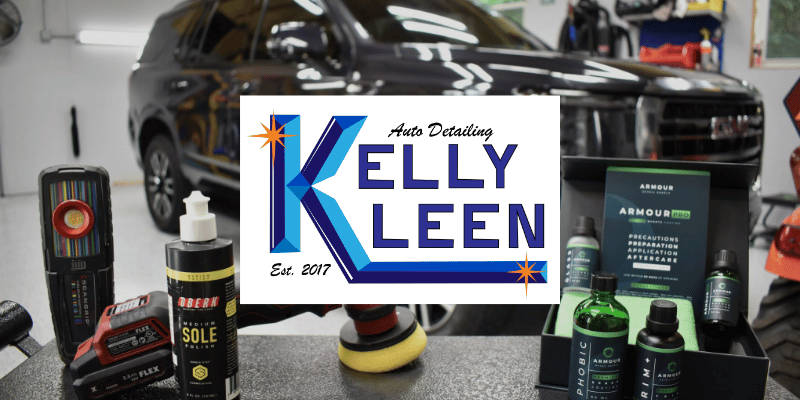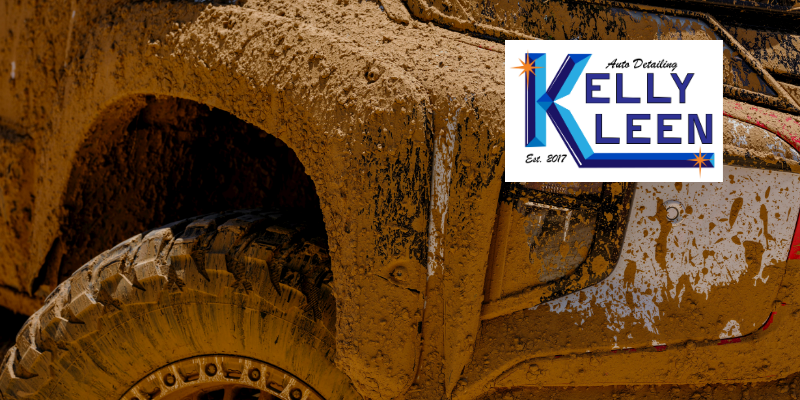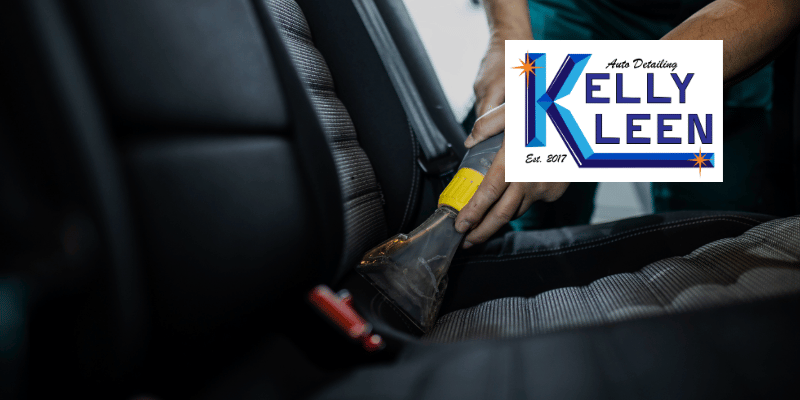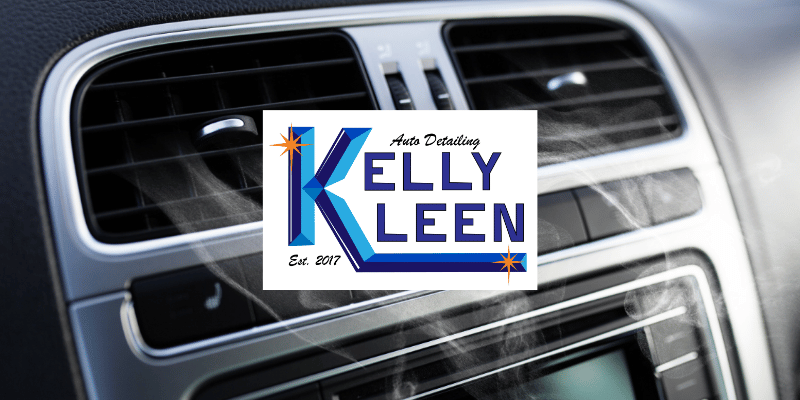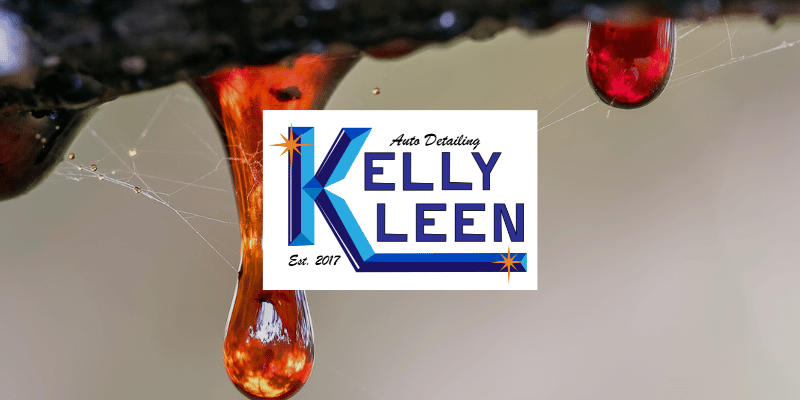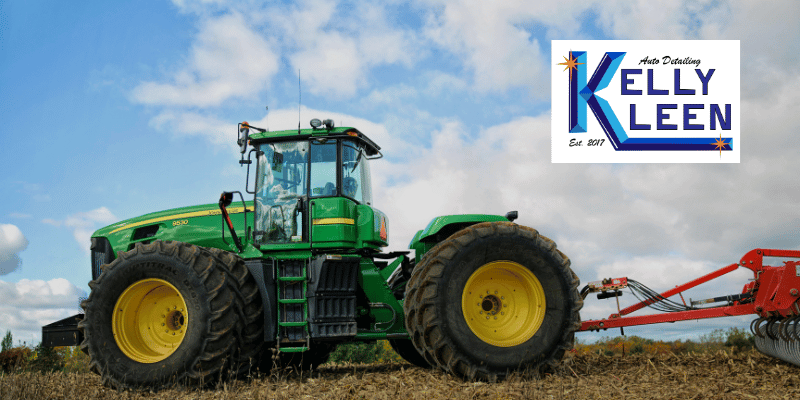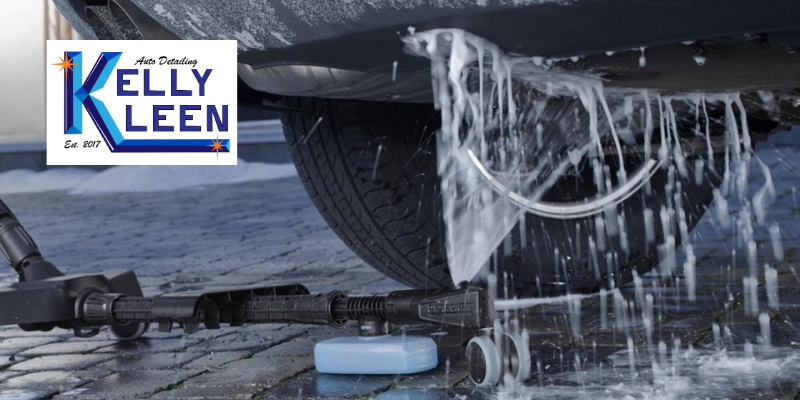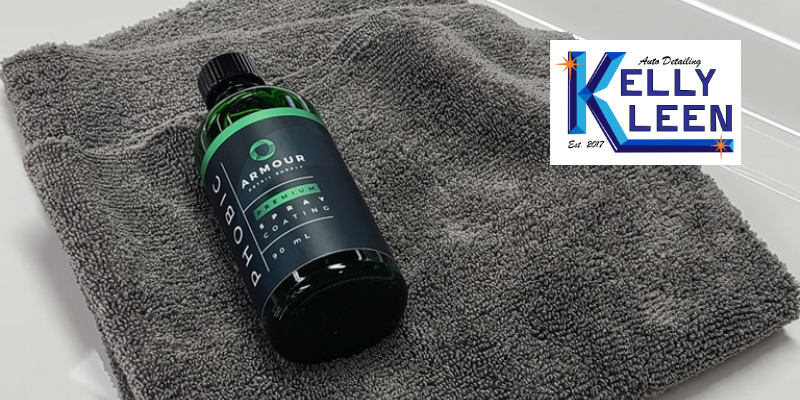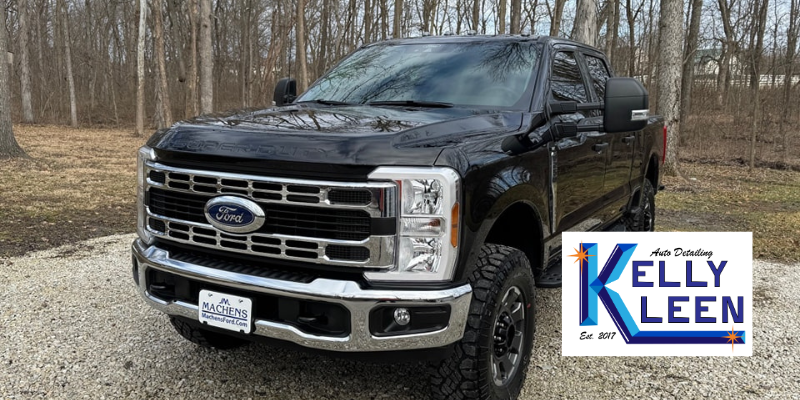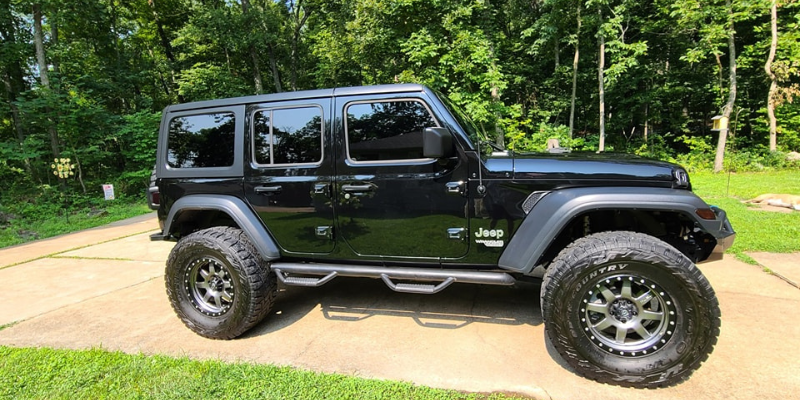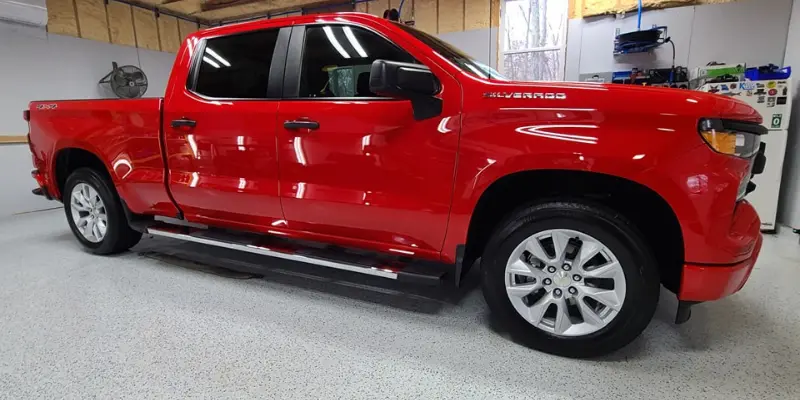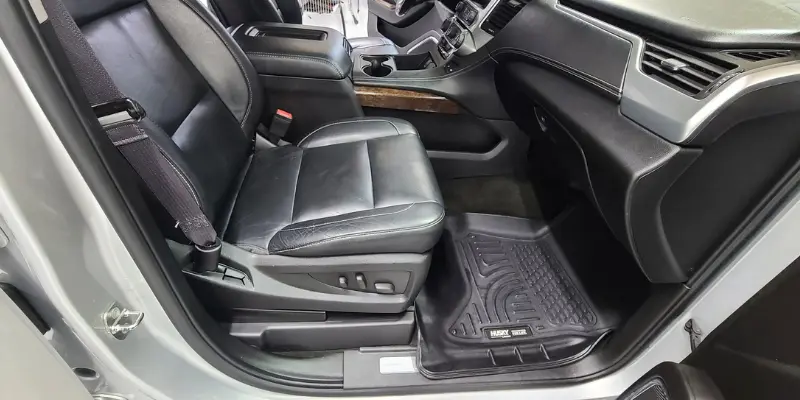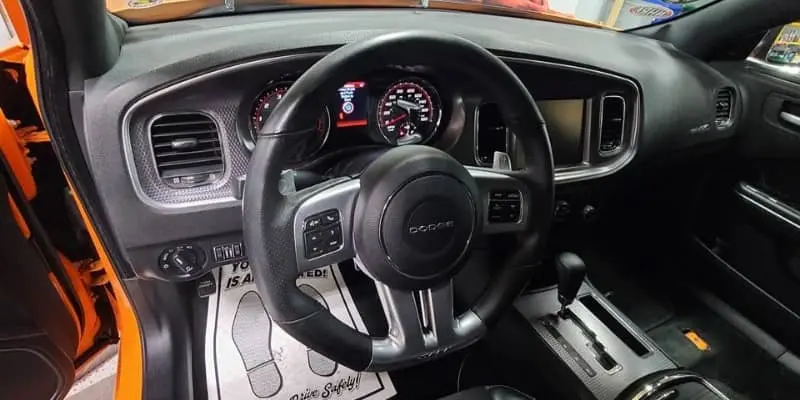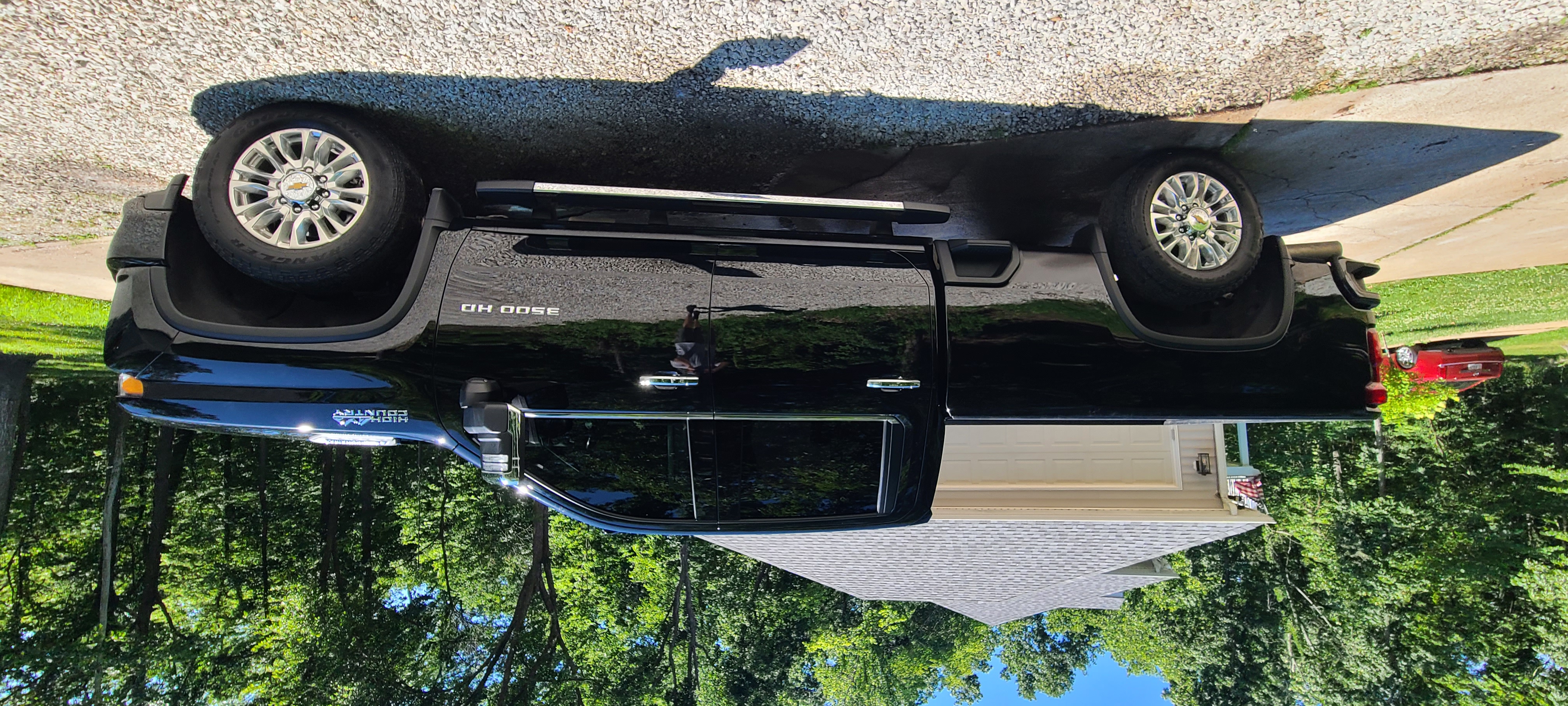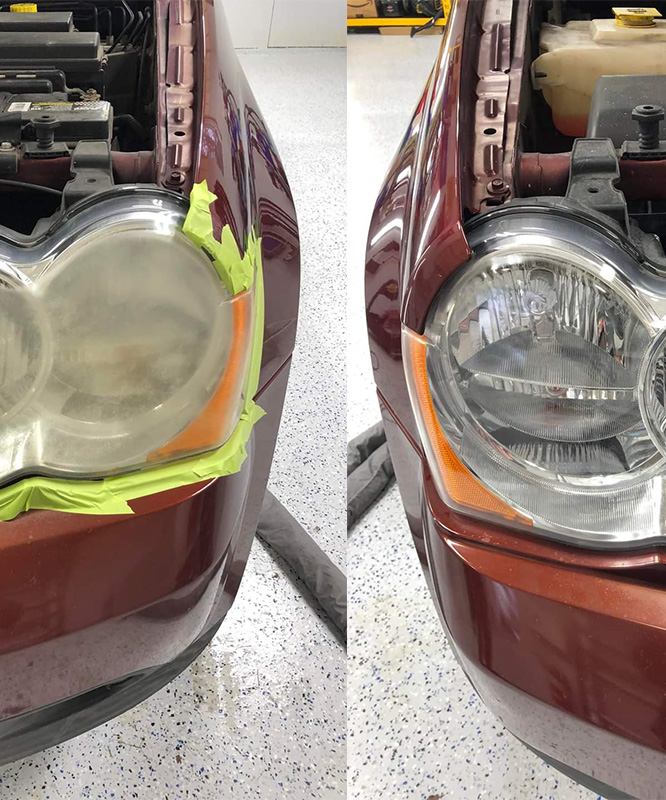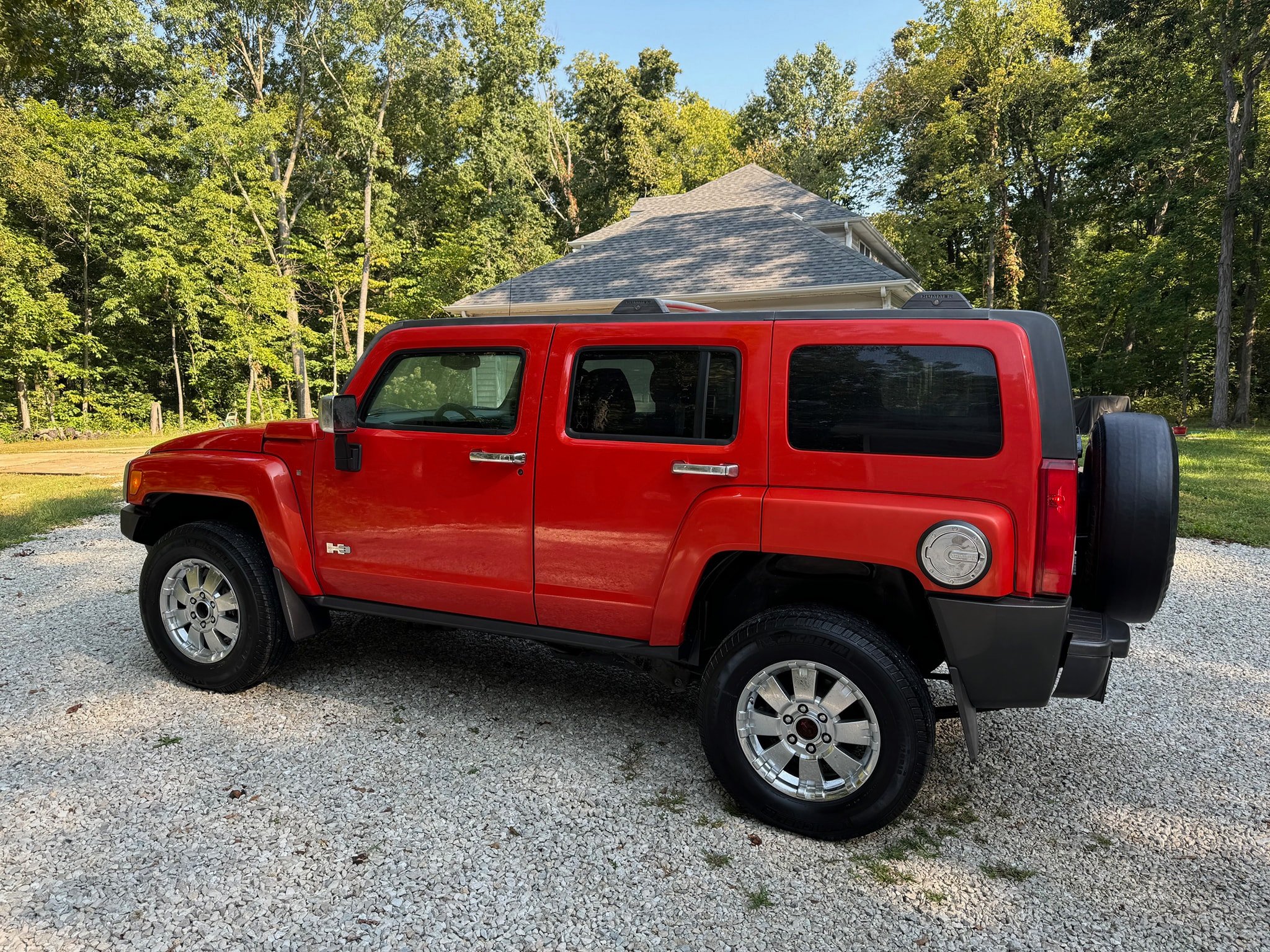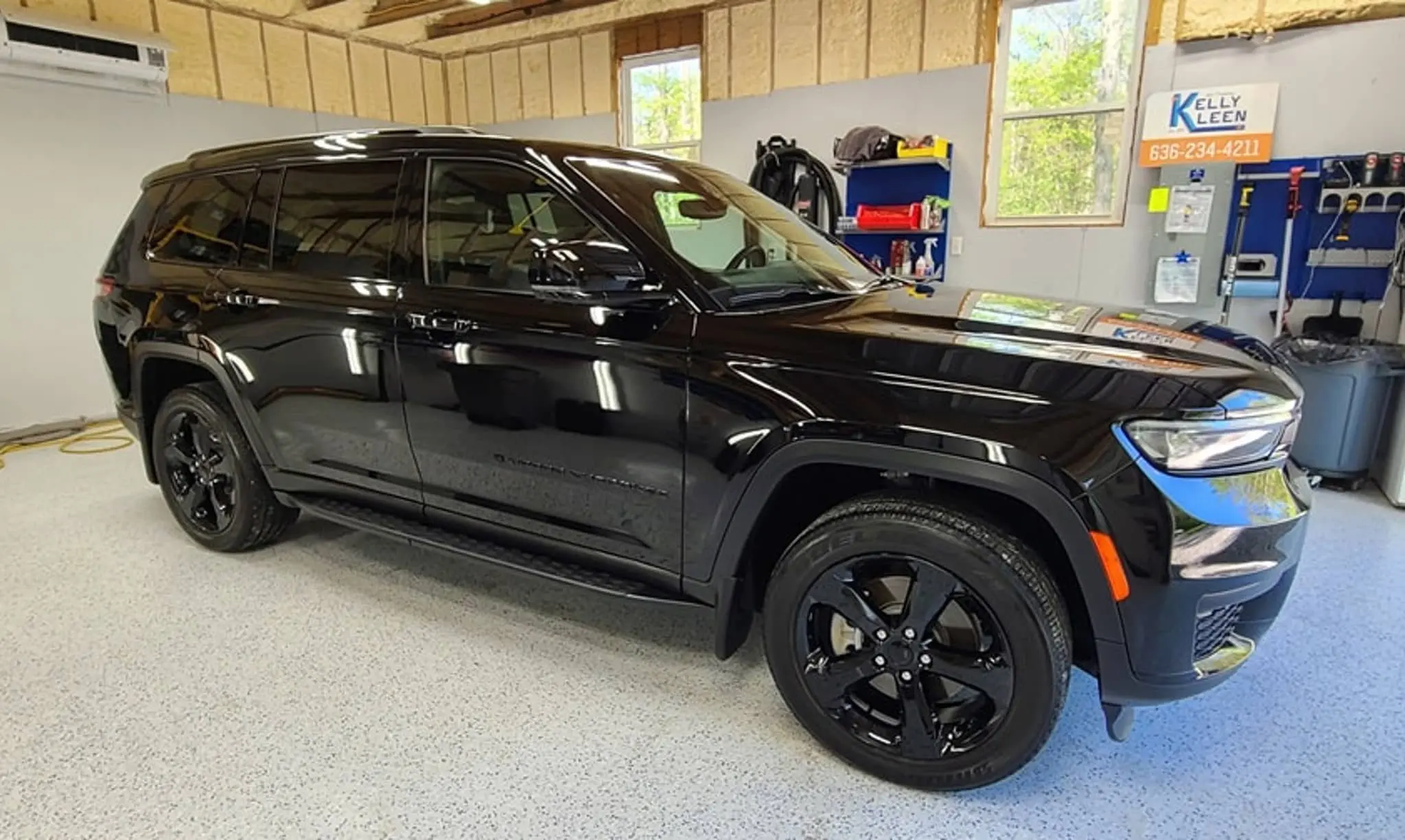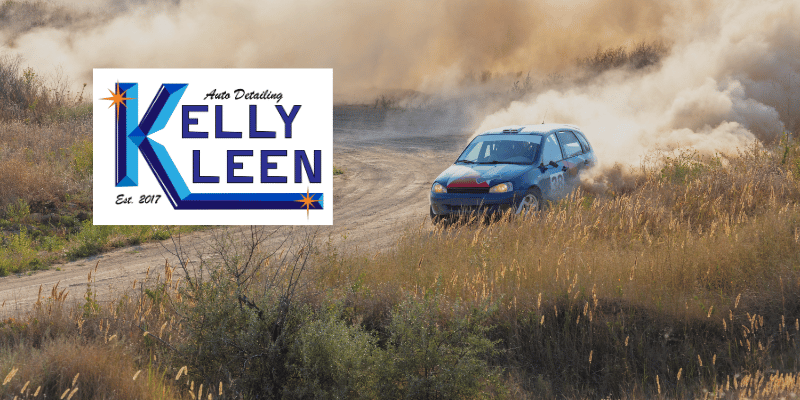
Why Missouri’s Gravel Dust Gets Inside Your Cabin and How Detailing Stops It
Missouri drivers deal with something most people in the country never think about: dust that gets everywhere. Gravel county roads, farm access paths, construction zones, and open fields produce a blend of mineral dust, pollen, and agricultural debris that infiltrates vents, carpets, door seals, and even the vehicle’s air system. For drivers in Washington, Union, and Pacific, the problem is constant and often feels impossible to control.
This guide explains why Missouri gravel dust enters the cabin so easily and how professional detailing protects your interior from allergens, odors, stains, and hidden buildup that DIY cleaning never fully removes.
Why Missouri Gravel Roads Create So Much Dust
Missouri’s gravel makeup is different from many other regions. Franklin County’s rural roads often use limestone-based gravel and clay-heavy soil. When these materials dry out, they produce extremely fine dust that hangs in the air and settles inside vehicles.
What makes this dust worse than typical road grime?
- Limestone dust is lighter and powdery, so it stays airborne longer.
- Farm soil carries pollen, mold spores, and organic contaminants.
- Heavy farm equipment stirs up layers of old dust on hot days.
- Dry seasons cause the top layer of gravel to break apart.
- Fast-moving traffic pushes dust into swirling clouds behind every passing vehicle.
The result is a steady flow of airborne debris that tries to enter your vehicle as you drive.
The Hidden Paths Dust Uses to Enter the Cabin
Many drivers assume dust only enters when windows are open. Unfortunately, Missouri’s fine gravel dust finds multiple entry points even when the cabin is sealed.
1. HVAC Intake Vents
The vents at the base of the windshield bring in fresh outside air. On gravel roads, that “fresh air” carries mineral dust, pollen, and soil particles.
Once the debris enters the HVAC system, it spreads through:
- Air ducts
- Vent fins
- Blower motors
- The cabin filter
This is why many Missouri drivers notice dust returning even after wiping interior surfaces.
2. Door and Weather Seals
Rubber seals around the doors trap dust in their grooves. Every time the door opens or closes, the trapped debris falls into the cabin. Storms make this worse. Wet debris sticks to the seals, dries, and crumbles into dust the next time the vehicle is used.
Regularly wiping the seals after storms or gravel-road travel greatly reduces the amount of dust entering the cabin.
3. Undercarriage and Floor Areas
Dust thrown up from gravel roads clings to the undercarriage and settles in wheel wells. When you step into your vehicle, that dust transfers from shoes, mats, and clothing to the interior.
Once inside the carpet fibers, it continues releasing fine particles over time.
Why Gravel Dust Is More Harmful Than It Looks
Missouri gravel dust is not just dirt. It’s a mixture of:
- Mineral particles
- Farm pollen
- Crop residue
- Mold spores
- Fertilizer remnants
- Dried mud from equipment and tire spray
This combination can cause:
- Stuffy or sour odors
- Allergy symptoms
- Cloudy films on interior surfaces
- Long-term staining
- Clogged cabin filters
- Faster window fogging
Because of how easily Missouri dust embeds itself, simple vacuuming is usually not enough.
Why You Should Keep Windows Closed Near Fields and Gravel Roads
Many DIY sources suggest cracking windows for ventilation, but on gravel roads this invites dust directly into:
- Dash surfaces
- Seat fabrics
- Center consoles
- Door panels
- Vents and ducts
Gravel dust is fine enough that even a one-inch opening lets in a significant amount. To reduce contamination, windows should stay closed when traveling near gravel, farms, or construction areas.
How Kelly Kleen Removes Dust at the Source
Kelly Kleen’s detailing process is designed for the exact conditions Missouri drivers face. Instead of focusing only on visible surfaces, they remove dust from the internal systems where it hides and recirculates.
HEPA-Grade Vacuuming
High-powered vacuums lift dust from:
- Upholstery seams
- Carpet padding
- Airflow pathways
- Hard-to-reach interior pockets
This step eliminates the deep grit that ordinary household vacuums leave behind.
HVAC Vent Cleaning
Dust inside the vents continues circulating through the cabin. Kelly Kleen cleans vent finishes, duct openings, and intake points to reduce recurring buildup.
Steam Sanitizing
Steam dissolves mineral dust and kills bacteria while lifting debris from:
- Dash materials
- Cupholders
- Door cards
- Hard plastics
- Cloth seats
- Vinyl and leather
This step is essential during high-pollen seasons and dusty summer months.
Cabin Filter Replacement
Rural drivers often clog cabin filters faster than expected. Kelly Kleen recommends replacing them every 15,000–20,000 miles or once per year when traveling near gravel roads or fields.
A clogged filter reduces airflow, traps odors, and can lead to HVAC strain.
Door Seal Maintenance: The Overlooked Dust Barrier
Dust and debris collect along rubber seals, especially after storms or farm travel. Maintaining these seals prevents dust and moisture from entering the cabin.
Simple seal care includes:
- Wiping seals after storms
- Removing dried dust from grooves
- Checking for cracks or stiff rubber
- Clearing debris from lower door frames
This protects both your cabin and the longevity of the seals.
How Missouri’s Seasonal Weather Makes Dust Worse
Each season in Franklin County changes the way dust enters your vehicle.
Spring
Tree pollen mixes with gravel dust, creating sticky particles that cling to vents and fabrics.
Summer
Dry conditions and road construction create more airborne dust. Heat also loosens certain plastics inside the cabin, making dust stick more easily.
Fall
Crop harvesting throws field debris into the air, especially near backroads and farm properties.
Winter
Road salt mixes with gravel dust, creating chalky residue that embeds deeply into carpets and mats.
This is why interior detailing every 3–4 months keeps dust under control.
Why DIY Cleaning Doesn’t Solve the Dust Problem
Many drivers vacuum regularly but still notice dust returning quickly. That happens because:
- Household vacuums lack the suction to reach deep dust.
- Vents continue blowing out old debris.
- Carpets hold dust in the padding, not just on the surface.
- No steam means bacteria and odors persist.
- Cabin filters are often ignored or overdue for replacement.
Professional detailing eliminates dust at the source, not just where it’s visible.
When You Should Schedule a Professional Interior Detail
You’ll know dust is building up when you notice:
- A haze returning to windows shortly after cleaning
- Dust reappearing on the dash within days
- Sour or earthy cabin odors
- Increased sneezing or irritation when using the vents
- Grit inside cupholders or seams
- Weak airflow from vents
If you drive gravel or farm roads between Washington, Union, or Pacific, these symptoms appear even faster.
Recommended Detailing Schedule for Rural Missouri Drivers
Based on local driving conditions, Kelly Kleen suggests:
- Interior detailing: every 3–4 months
- Cabin filter replacement: every 15k–20k miles
- Vent cleaning: twice per year
- Full detail: 3–4 times per year
- Seal wipe-downs: after storms or dusty travel
This routine keeps dust under control and prevents buildup that can harm your interior.
Protect Your Cabin from Missouri Gravel Dust
Rural Missouri roads expose your vehicle to a unique blend of dust, pollen, and agricultural debris that embeds deeply into fabrics and air systems. Professional detailing doesn’t just clean your interior. It improves your air quality, protects your surfaces, and helps preserve the value of your vehicle.
If your cabin is showing signs of dust contamination or you frequently drive gravel roads, Kelly Kleen’s interior detailing packages are built specifically for Franklin County conditions.



